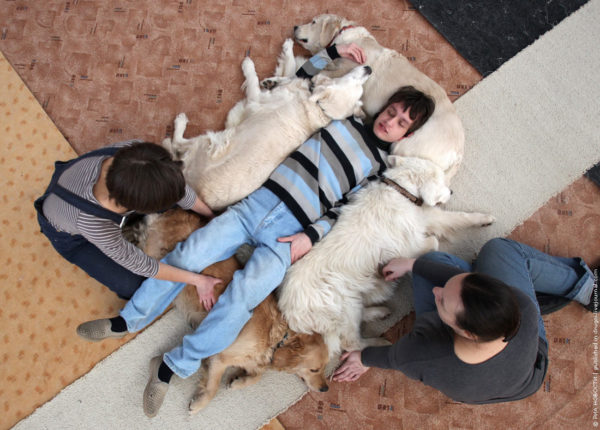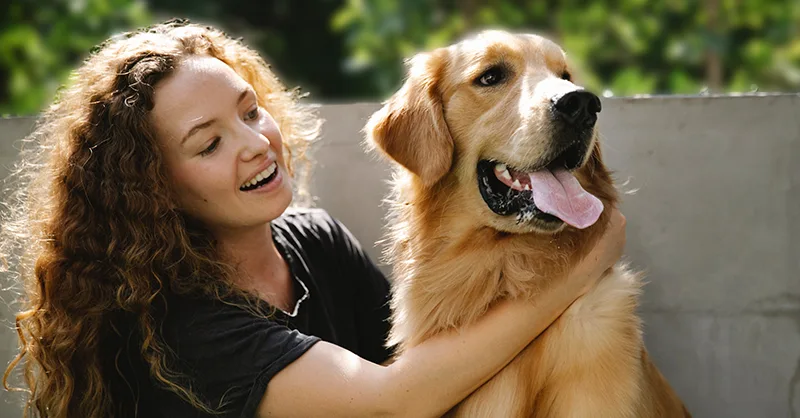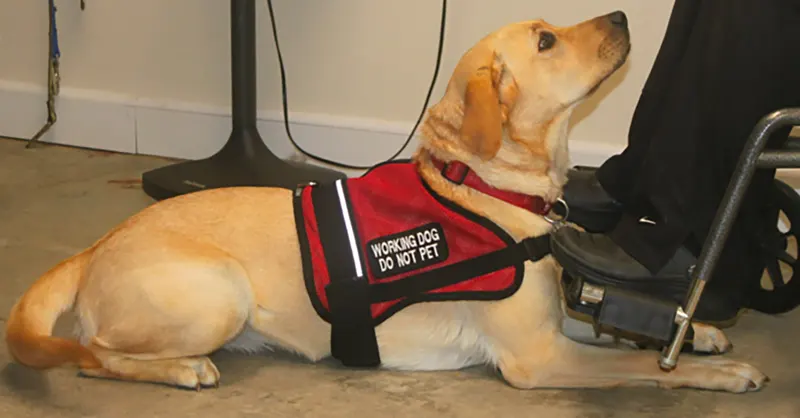All Our Articles on Disabilities

Service Dogs for PTSD
Service dogs for mental health, known as psychiatric service dogs (PSD), can help certain people with post-traumatic stress disorder (PTSD). A PTSD service dog can... Read more

What are Diabetic Service Dogs?
Alert dogs are best known for guiding the visually impaired, sniffing out drugs and bombs, or providing mobility assistance for people with severe disabilities. Diabetic... Read more

How to Stop Panic Attacks Using Dogs
Using Dogs to Stop Panic Attacks It’s happening again. Your heart is going a mile-a-minute, you’re sweating and shaking, you’re short of breath, and you’re in... Read more

How Dogs Can Calm Anxiety
A person suffering from anxiety attacks experience many risks, and it's one of the reasons why it’s prudent to consider having a service dog or... Read more









